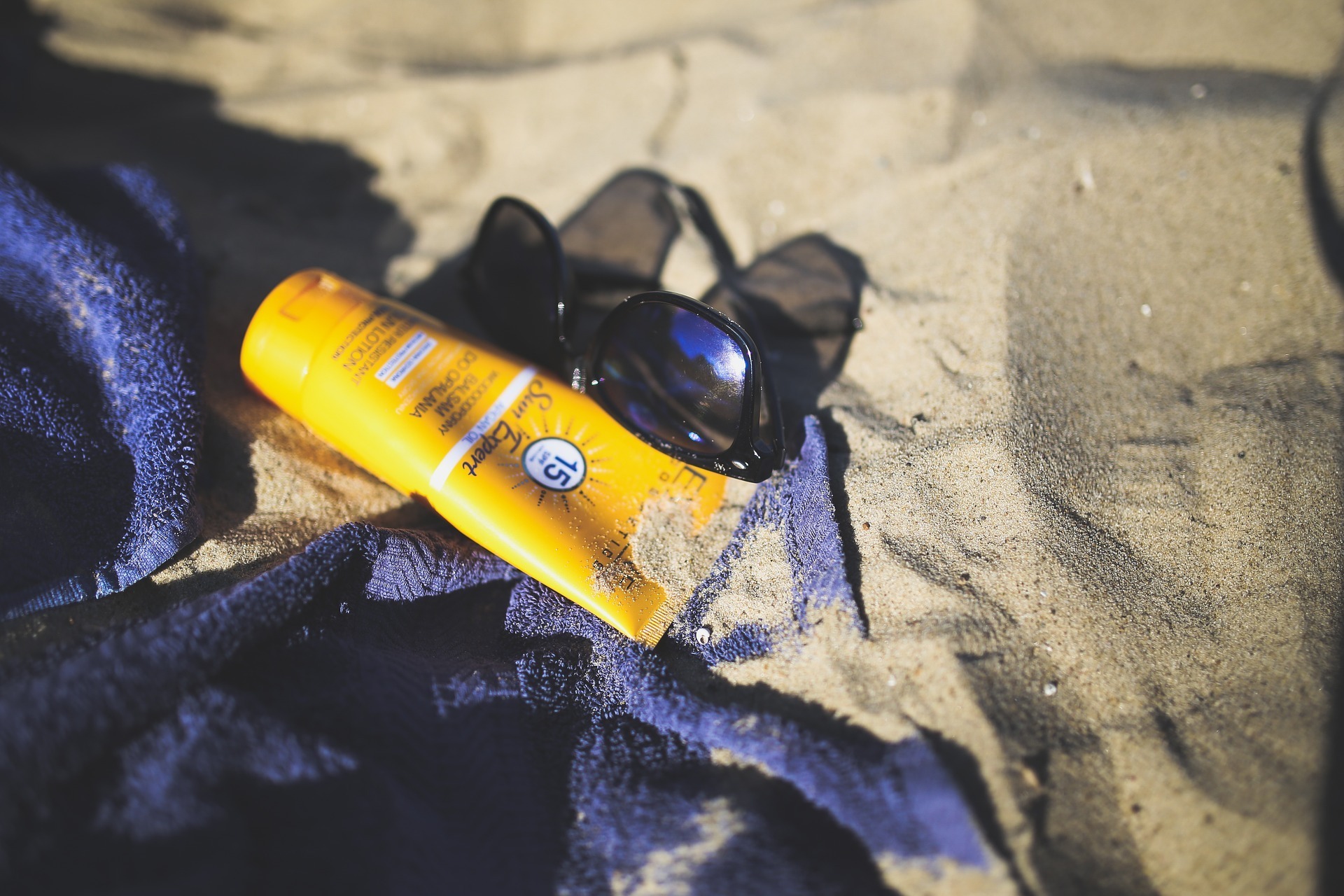
Did you know that 1 in 5 Americans will develop some form of skin cancer during their lifetime? Basal cell carcinoma is the most common kind of skin cancer, with more than 4 million diagnoses a year; squamous cell carcinoma is the second most common skin cancer, with more than 1 million diagnoses a year. Melanoma accounts for only about 1% of skin cancers, but is the most deadly. By its nature, skin cancer can develop almost anywhere on the body, but there are certain areas where it’s more likely to appear. For example, nonmelanoma skin cancers often affect the head and neck due to sun exposure.
The good news is, there are many things you can do to protect against skin cancer. Here are some of the best ways to stay safe:
1. Apply Sunscreen Daily
Sunscreen is one of the best tools for protecting your skin from UV rays. When you are going to be outside, even on cloudy days, apply sunscreen to all exposed skin. Use a broad-spectrum sunblock (i.e., protects against UVA and UVB rays) with an SPF of at least 30. Use generously and reapply at least every two hours, or after swimming or sweating.
2. Cover Up
When you are planning to be in the sun for an extended amount of time, consider wearing a long sleeved shirt, long pants, a sun hat, and sunglasses that filter ultraviolet rays to protect your eyes and skin from damaging UV rays. For all of you fashionistas, there is plenty of lightweight and fashionable sun-protective clothing out there!
3. Avoid Tanning Beds
No matter what you may hear at tanning salons, tanning beds are not safe. The cumulative damage caused by UV radiation can lead to premature skin aging (wrinkles, skin laxity, brown spots, and more), as well as skin cancer. In fact, people who first use a tanning bed before age 35 increase their risk for melanoma by 75 percent. It’s best to avoid tanning beds, sunlamps, and any other source of UV radiation.
4. Protect Your Skin in the Winter
You may tend to ease up on applying sunscreen during the cold weather season, but you absolutely need sun protection during the winter. In fact, UV rays can damage your skin at any time of year or in almost any weather condition. Even on a cloudy day, the majority of the sun’s UV rays can penetrate clouds and cause damage to your skin. In the winter, UV rays can damage your skin by way of snow, which reflects UV rays off of the ground.
5. Perform Self-Exams
In addition to having your dermatologist check your skin during a routine check-up, it’s also recommended that you check your own skin once a month for signs of skin cancer. Look at your skin in a well-lit room in front of a full-length mirror. Use a hand-held mirror to look at areas that are hard to see. Use the “ABCDE rule” to look for some common signs of melanoma skin cancer:
- Asymmetry: One part of a mole or birthmark that doesn’t match the other.
- Border: The edges are irregular, ragged, notched, or blurred.
- Color: The color is not the same all over and may include shades of brown or black, sometimes with patches of pink, red, white, or blue.
- Diameter: The spot is larger than ¼ inch across – about the size of a pencil eraser.
- Evolving: The mole is changing in size, shape, or color.
Interested in learning more about protecting against skin cancer? Visit our website or call (412) 429-2570 to start your skincare journey.
